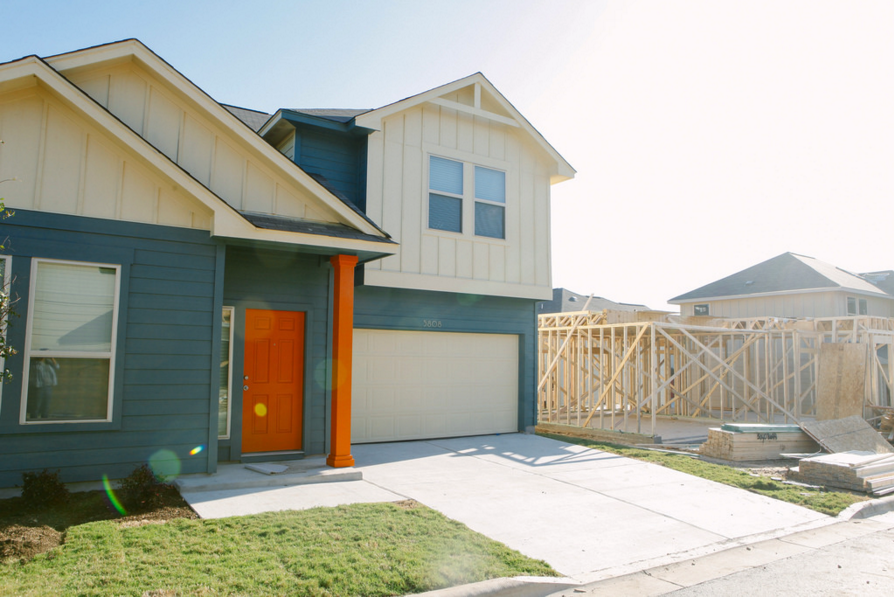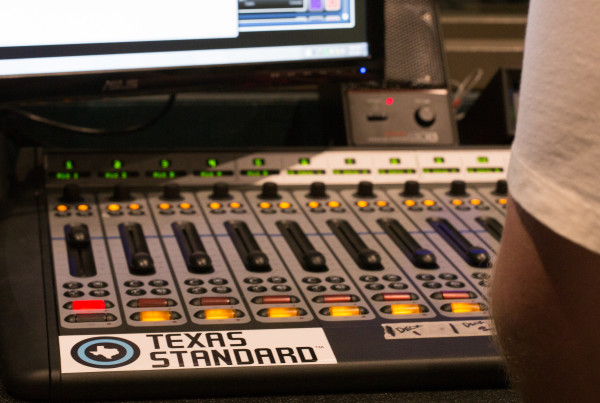Texas lawmakers have been discussing how to rein in property taxes. One proposal getting a lot of attention is an annual ceiling on revenue the state can raise through property taxes. But how does the state determine a home’s value for purposes of property taxes, and what causes that value go up or down?
The Texas Tribune recently tried to answer these questions. Urban affairs reporter Brandon Formby, who was part of that reporting team, says the legislation being considered this session isn’t aimed at cutting property taxes, but at slowing the growth of taxes.
“A lot of what the legislation is looking at is mainly on the tax rate side,” Formby says. “For Texans whose appraisals are going up, that may not help them very much.”
Tax appraisals, Formby says, are the first step in the process of determining how much a homeowner will pay in property taxes. Local appraisal district boards set property values, based on the estimated market value of the property – in other words, how much a property would sell for if were on the market today. If a homeowner doesn’t agree with the value assigned to their property, they can appeal the appraisal with a review board. The board may or may not lower the value, based on the homeowner’s arguments.
Taxing jurisdictions, including cities, counties and school districts, then set their tax rates, which amount to the percentage of a property’s value that a homeowner must pay to a jurisdiction. Formby says that’s the part of the process that legislators are trying to change.
“What they want to do is kind of put a limit on how much revenue from all properties local governments can collect in a given year, outside of new developments,” he says, “before voters get to weigh in on whether that’s too much money.”
Written by Shelly Brisbin.
















